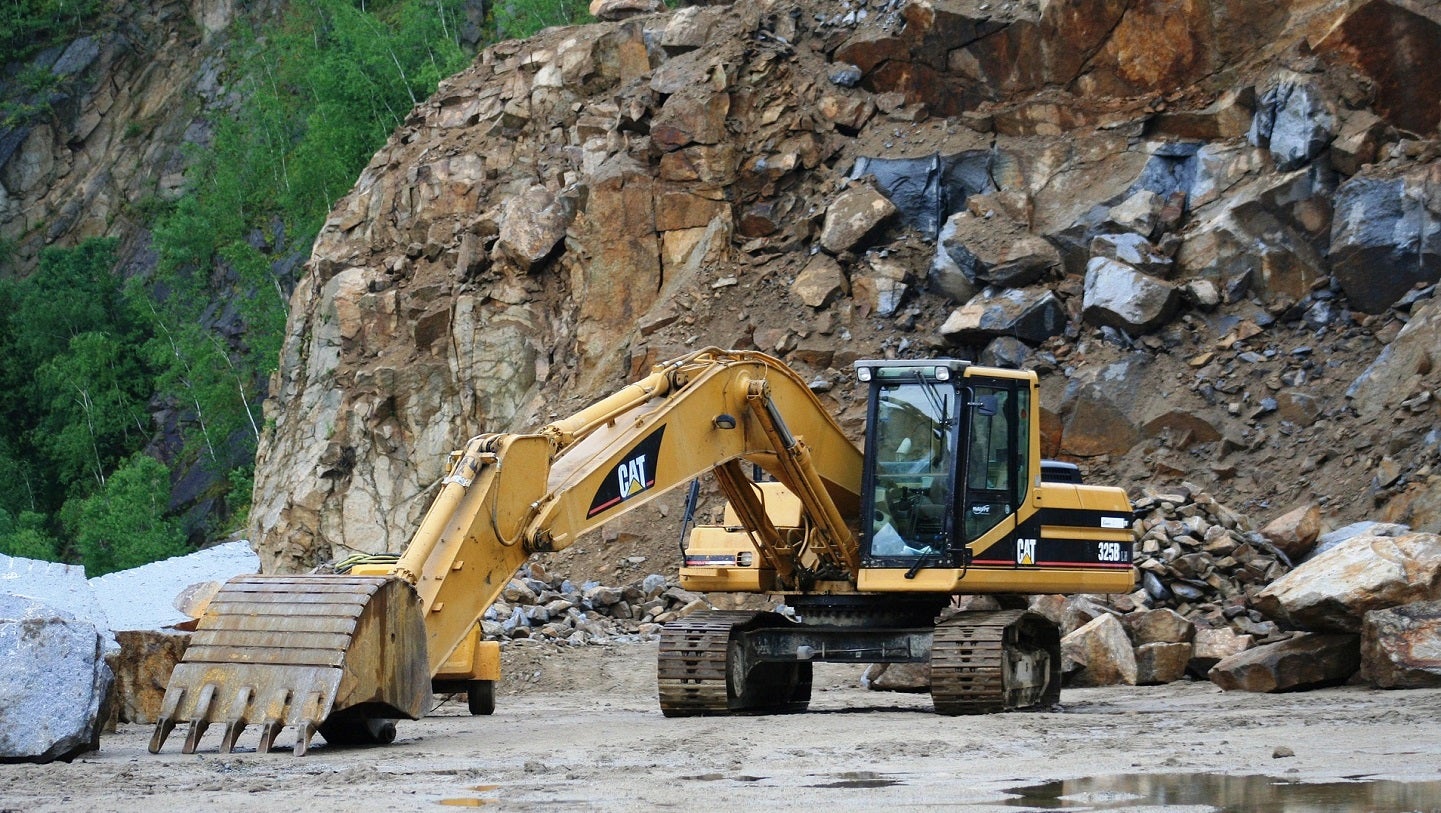A panel discussion at the upcoming World Petroleum Congress takes on this huge topic.

Companies working in the energy sector are now prosecuting their own self-defined pathways to achieve carbon zero or carbon neutral business profiles. Digital innovations play a key role.
Roadmap to Carbon Zero
As part of the World Petroleum Congress, September 17-21, 2023 in Calgary, I’m on a panel discussion to discuss digital transformation on the route to Net Zero. By now, hopefully, all energy companies will have defined their own pathways to zero carbon (either absolute or net). Our goal on the panel discussion is to peel this problem apart, layer by layer. It’s great that digital innovation is a topic at this event, a once-in-three years affair.
I’m going to assume that the panel agrees that there is some consensus on the need to address climate change at an industrial level, and that the question is no longer “should we”, but “how should we”.
Certainly capital markets have successfully pushed climate change decisively onto the corporate agenda by demanding disclosure of precise steps that companies are taking to deal with climate change as a condition of financing. Even state-owned oil companies cannot avoid scrutiny. Energy businesses are highly reliant on capital markets to fund their activities, since the upfront investment to bring new energy infrastructure to market is substantial. I have also heard informally that capital markets are highly reluctant to fund investments in new fossil fuel projects that come to market post 2030, which is not that far off.
The panel is poised to discuss the following:
- The drivers of change that provide the shape and contours of the net zero journey.
- The various pathways to net zero that could be pursued by the various players in the oil and gas value chain.
- The digital building blocks that the petroleum industry will leverage to achieve net zero.
The panel hopes to reveal the outlines of how digital enables transparent, auditable and cost-effective carbon emission reduction strategies for petroleum companies.
This will not be easy.
The Headwinds
Once upon a time long ago, it was more straightforward to run an oil business. Demand for oil used to rise in lockstep with GDP growth. Consumers had choice among the suppliers, but not for alternative fuels. Competitive actions were predictable, and returns were strong.
Today, oil companies face a very substantial set of headwinds:
- Balance sheets are loaded with assets such as oil terminals that are not yet fully depreciated and, under energy transition, may have values approaching zero.
- Resources such as oil and gas deposits are at risk of becoming stranded.
- Oil production assets such as refineries are typically engineered and financed to run for decades, and often well beyond the targets set for carbon neutrality.
- Uncertain demand for traditional petroleum products alters the calculus for investments in de bottlenecking, modernization and expansion.
- Capital for new oil investments have been losing ground to renewable investments (the IEA estimates that in 2023, for the first time, solar investment alone will be greater than capital investment in oil and gas).
- The base of attractive investment opportunities to expand is constrained because of social resistance to large scale energy developments.
- Energy companies now compete for capital with digital businesses that trade at much higher multiples.
- New energy business models are emerging that could permanently upend established market positions (or not).
- Capital markets now demand transparency about the impacts of climate change, and for decisive and specific changes to address.
Making decisions in this setting is even harder. The business environment is compounded by political cycles that are much shorter than: the approval cycles for long life assets; geopolitical pressures relating to market access; energy security worries about dependence on high-risk energy suppliers; and, regulatory processes that are lethargic and bureaucratic.
When you think about it, the transition facing the petroleum industry is not necessarily that unique. In fact, the auto industry is facing its own version of this same challenge—rapidly changing social expectations, heightened competition from new players, brand new technology, capital market pressures.
That doesn’t make it easier, but it does mean you have friends along for the journey.
The Contours of a Roadmap to Carbon Zero
Petroleum businesses are going to vary dramatically in how they approach energy transition.
As an example Denmark Oil and Natural Gas (or DONG Energy as it was known), was a state-owned company founded in 1972 to manage Denmark’s North Sea oil and gas assets. Over time the company expanded in power generation and distribution, and off shore wind, and entered new markets (the Netherlands, the UK, and the US). In 2009, the company adopted its “85/15 vision”, meaning a shift from 85% fossil fuel focus to 85% green energy. Eight years later, the company had entirely exited the fossil fuel sector, renamed itself Ørsted, as DONG was no longer representative of its business, and is nicely positioned globally as the world’s largest off shore wind company.
This is perhaps an extreme example, but it illustrates at least one pathway forward—all in on green. A few oil companies are betting on petrochemicals. Many power generators may wish they had paid attention to the shifting economics of energy as they watched their coal fired power plants rapidly become uncompetitive to gas-fired power and renewables.
The first step for petroleum companies is thus to decide what they wish to become as energy transitions. It may be too late to own the solar power panel market, the wind turbine innovator, the global off shore operator, and the battery leader. But many other fields are still contestable. Suncor, as an example, has recently clarified that its focus on energy transition and new energies was overwrought, and is doubling down on petroleum.
Consolidated energy relationships that bring together power, gas and petroleum are now possible. Asset ownership is separating from the cycles or units of work output from those assets because of better usage tracking and subscription business models.
Roof top solar, in-home batteries, and many other energy innovations could become new asset classes. These assets are beyond the reach of many building owners, businesses and home owners, but could be securitized with a strong balance sheet.
Battery vehicles may well become swing power suppliers, which will require a novel business model for the new combined role of prosumer.
Charge points are needed in vast numbers across large geographies, with extensive building fit up required. Those petroleum companies with large retailing networks are well suited to play an asset manager role in this scenario.
The Digital Play
Digital innovations will play a decisive role in the path to net zero for petroleum companies. Digital tools are among the very few, if the only, innovations that can lower costs, improve productivity, create new business models, lower carbon emissions, and attract fresh capital, at the same time.
For an illustration of the potential, take a look at how BP is using cloud-based AI tools to run entire oil fields. Costs have fallen 20%, productivity has risen 22% and methane emissions are down 74%.
Here are just a few of the common elements that I believe need to be on any roadmap to zero emissions.
Data
Data is now critical table stakes to improve decision making around energy assets. The value at risk is now much greater, because the balance sheet is so much more in play because of the potential for stranded resources. Shoring up data assets, investing in data science, and improving organizational acumen around data are key investment areas. An early focus should be on building an understanding of the company’s true carbon footprint using data.
Analytics
Improved analytics that leverage the immense computing horsepower of the cloud will help analysts identify assets at risk, competitor strategies and investment candidates. Better analytics, based on machine learning and other advances, will help optimise asset performance by eking out marginal gains in productivity, eliminating wasted cycles and pointless asset maintenance, and keeping assets constantly at peak performance levels with minimal carbon emissions.
Cloud computing
Cloud computing has been the basis for almost all the rapid growth, fast moving business models of the recent past. Petroleum businesses are well advanced in adopting cloud-based architectures to maintain a minimum of competitiveness. The latest asset builds even move SCADA (supervisory control and data acquisition) solutions to the cloud for greater flexibility.
No Code/Low Code
The growth in low-code and no-code technologies that are fast to build with and deliver enterprise-grade solutions at speed, put many legacy systems at a distinct cost and flexibility disadvantage. Migrating to new solutions should be laid out.
Blockchain
Each petroleum company within its own firewall will easily define its own data strategy for managing its carbon data. Exchanging that data with third parties up and down the supply chain with ecosystem partners and regulators will require an open but trusted database model. That’s the role of blockchain solutions.
Tracking carbon throughout the supply chain is no longer rocket science. Knowing what carbon originates from where in the supply line is the first step to defining effective carbon reduction strategies.
Getting To Carbon Zero
Roadmaps to zero emissions are going to be unique to each company because of their individual situations. But a few common digital elements that focus on data, analytics, cloud computing, low code technologies, and blockchain, will be the signposts of a successful transition.
Geoffrey Cann writes about, speaks to and teaches the energy industry about digital innovation. For more about Geoffrey, click here.
Share This:




